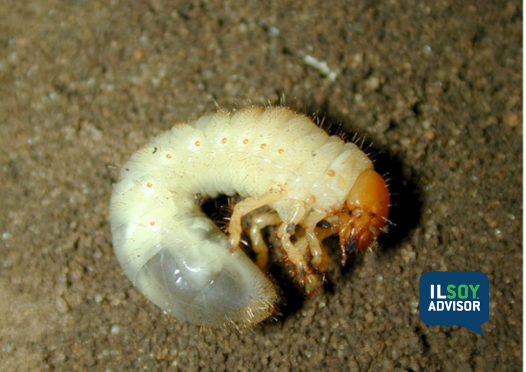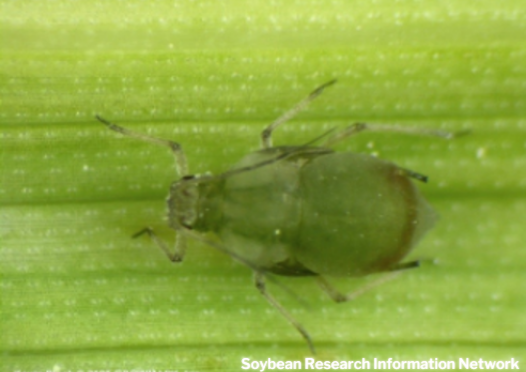ILSOYADVISOR POST
Insect Management: A Mixed Bag of Insect Densities in 2016 Corn and Soybean Surveys
Once again, statewide surveys of insects in corn and soybean fields were conducted during the summer of 2016. A total of 33 counties were surveyed this year. The surveys were performed during the first week of August by sampling five corn and five soybean fields per county. For the past several years (2011, 2013–2016), surveys in corn and soybean fields have been conducted with the goal of estimating densities of common insect pests. Densities are reported for the various USDA crop reporting districts of Illinois to highlight portions of the state where the risk of economic insect damage is greatest. The estimates provided in this article should not be considered a substitute for scouting individual fields and making informed pest management decisions—even areas of the state that appear to be at low risk could have contained fields with high densities of a given insect pest.
Western corn rootworm beetles were sampled in cornfields by counting the number of beetles on 20 consecutive plants beyond the end rows of a given field—a beetle per plant average was calculated for each field. Much like 2015, the number of western corn rootworm adults in corn was very low throughout the state (Table 1).

Within an adjacent soybean field, 50 or 100 sweeps were performed at least 12 rows beyond the field edge using a 38-cm diameter sweep net. The insects collected in sweep samples were identified and counted to provide an estimate of the number of insects per 100 sweeps. Depending on the year, five or ten pairs of corn and soybean fields were sampled at random in each county visited. The number of western corn rootworm adults in soybean fields throughout the state was very low as well. The greatest number of beetles in soybeans occurred in McLean County, 8.00 beetles per 100 sweeps. All other counties sampled had fewer than 5 beetles per 100 sweeps (range of 0 to 2.4 per 100 sweeps.)


Means were determined by counting the number of insects in a 50- or 100-sweep sample for between 15 and 50 fields per district. The stink bug species reported here are the green stink bug and the brown stink bug.
Increased densities of some of the defoliating insect species were observed in several districts. Samples were screened for bean leaf beetles, Japanese beetles, grasshoppers, green cloverworm, soybean loopers, and stink bugs. As with many years, Japanese beetles “hot spots” were observed around the state. The western part of the state yielded the most impressive numbers (89.4 per 100 sweep average), with 240 per 100 sweeps and 108 per 100 sweeps recorded in Pike and Warren counties, respectively. Interestingly, we had higher numbers across the board for green cloverworm in 2016. A few counties had noticeable bean leaf beetles in the samples (Central – 16.8 bean leaf beetles per 100 sweeps and East 13.4 bean leaf beetles per 100 sweeps). No brown marmorated stink bugs were detected in any of the soybean or cornfields that were sampled, though this species has been confirmed in many Illinois counties (Figure 1).

Funding for survey activities was provided by the USDA National Institute of Food and Agriculture and the Illinois Soybean Association. This survey would not be possible without the hard work and contributions of many people. I would like to thank Illinois Cooperative Agriculture Pest Survey Program interns Evan Cropek, Colleen Musson, Ryan Pavolka, Emma Sementi, and Jacob Styan as well as Department of Crop Science interns Lacie Butler and Sarah Luce.
Kelly Estes serves as the state survey coordinator of the Illinois Cooperative Agriculture Pest Survey Program. Read more about Kelly here.






Comments
Add new comment